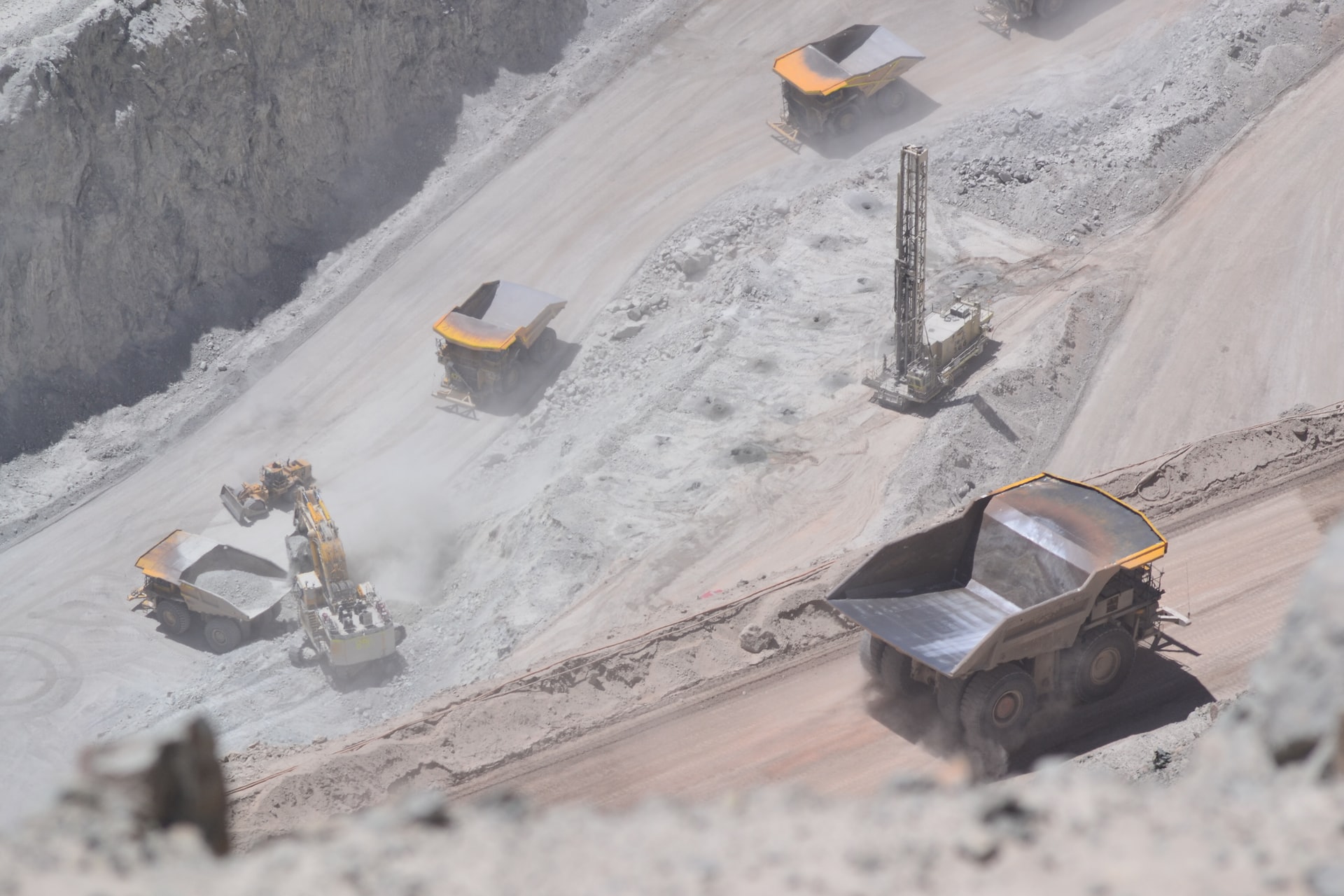

‘Crystal clear’ hydrogen the right solution for mega mining truck: Anglo American
Anglo American considered options including synthetic fuels and biofuels before it became “crystal clear” hydrogen was the right solution for converting its fleet of diesel-powered monster trucks to a clean alternative, according to CEO Duncan Wanblad.
Four years ago, unable to buy the vehicles it envisioned off the shelf, Anglo, the world’s sixth largest mining company, set about designing and building its own.
Last week, it unveiled the fruits of its labour in the form of a 220-ton truck powered by hydrogen fuel cells that can carry 290 tons of ore without producing planet-warming emissions.

Anglo even produces the hydrogen to power the truck itself. Through its NuGen program, it partnered with companies including French utility Engie, engineer First Mode Holdings, fuel cell manufacturer Ballard Power Systems and hydrogen storage specialist NPROXX.
The prototype being shown off last week at Mogalakwena in South Africa, the world’s biggest open-cast platinum mine, is the result of $70 million of research and development. As Anglo scales production, it expects costs to come down.
Anglo plans to convert the mine’s 40 diesel-powered trucks by 2026 and its entire global fleet of mega-trucks by 2030.

Anglo plans to convert the mine’s 40 diesel-powered trucks by 2026 and its entire global fleet of mega-trucks by 2030.
Standard diesel mine trucks cost between $6 million and $7 million. The Komatsu 930E that Anglo used for this project was converted with a 1.2 megawatt battery pack and eight 100-kilowatt hydrogen fuel cells.
Diesel trucks are responsible for 80% of the CO2 emissions at Anglo’s mines, so its ambition in this area will take it a long way towards its goal of reaching carbon neutrality by 2040. Converting its entire fleet will take the equivalent of half a million diesel cars off the road.

While being a first-mover in this space has not been cheap for Anglo, its competitors are facing the same challenges and will soon be needing to play catch-up. They could even end up becoming customers of Anglo if it spins off the unit producing the hydrogen trucks into a separate company.
In the meantime, Anglo has plenty of work on its hands building out the infrastructure to fuel its own fleet. It will need 140 MW of solar at Mogalakwena alone to power the electrolysers that will split water and produce the clean hydrogen it needs.
Having designed and built its own mega-truck over the past four years, that shouldn’t be too much of a challenge for Anglo American.
To learn more about HYCAP click here.